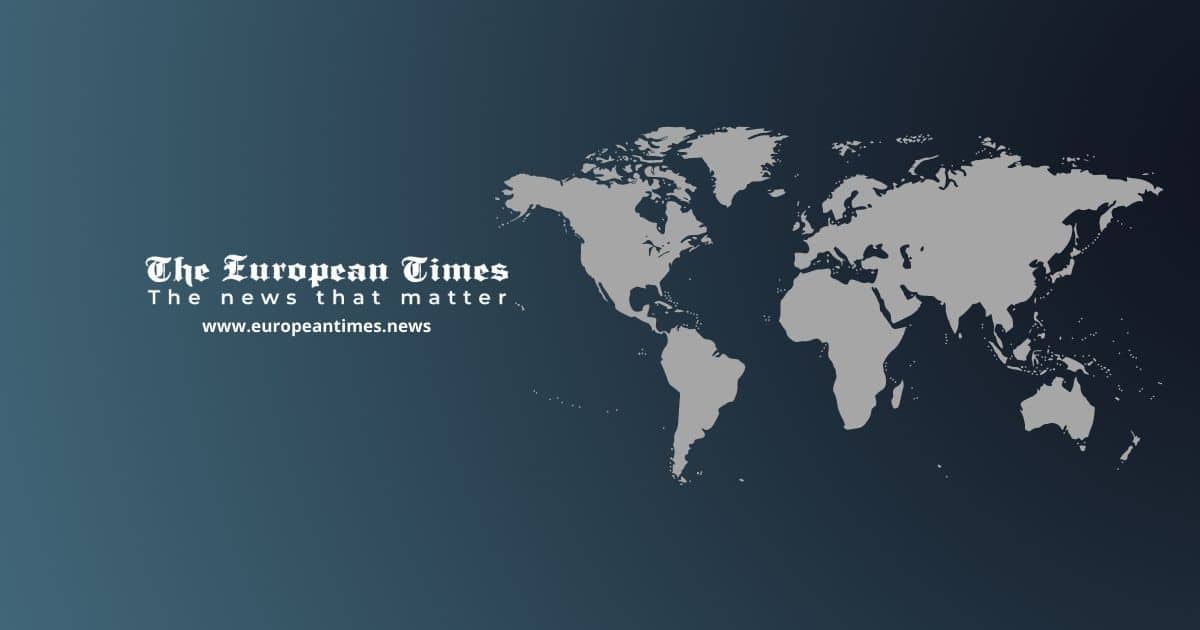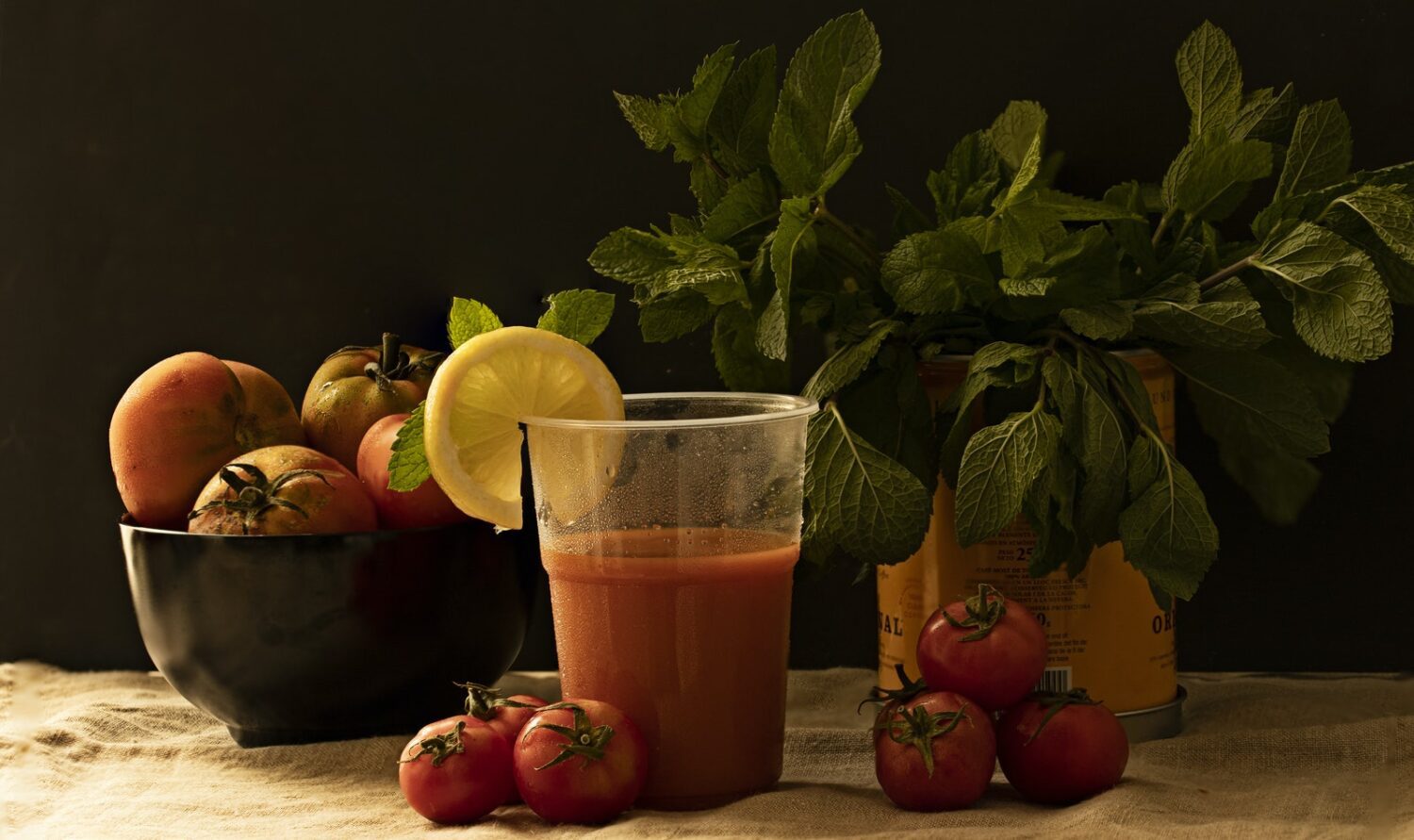<!--UdmComment--><!--/UdmComment-->
<h2 class="fe_heading2">Global organic wine market is projected to grow at a CAGR of around 12% and surpass $ 15 billion by 2025</h2>
</p><div readability="243.67151319332">
New York, Aug 21, 2020 (GLOBE NEWSWIRE via COMTEX) —
Reportlinker.com announces the release of the report “Global Organic Wine Market, By Product Type, By Distribution Channel, By Region, Competition, Forecast & Opportunities, 2025” – https://www.reportlinker.com/p05953177/?utm_source=GNW
Global organic wine market is projected to grow at a CAGR of around 12% and surpass $ 15 billion by 2025 due to various growth factors such as rising consumer awareness about organic wine, coupled with growing recognition of niche product categories, such as organic and natural, in the food and beverage sector.Organic food and beverage trends around the world are driven primarily by the diminishing interest in chemical-based agricultural techniques.
Furthermore, organic-certified wines have less sugar and do not contain any harmful additives such as flavoring chemicals or artificial colorants.Chemicals and higher sugar levels are known for common wine-induced headaches.
In addition, the availability of a wide variety wines and expansion of organic vineyards is expected to propel demand for organic wine market over coming years.
The global organic wine market is segmented based Product Type, Distribution Channel, and Region.Based on Product Type, the market is segmented into Organic Sparkling Wine and Organic Still Wine.
Organic Sparkling Wine dominates the global organic wine market and the product segment is expected to continue its dominance during the forecast period due to the factors like trend of premiumization, and consumers preferring sparkling wine over others mostly on occasions and celebrations. Also, changing lifestyles, and social media influence on all generations, along with growing social parties, are boosting the consumption of organic sparkling wine, globally, especially in developed countries of Europe and North America.
Based on Distribution channel, market is categorized into Supermarket/Hypermarket, Speciality Stores, On-trade (Bars, Restaurants and Hotels), and Online.The ‘supermarket/hypermarket’ segment dominates the global organic wine market with increasing preference and popularity of supermarkets/hypermarkets in developing countries.
While offline sales are witnessing a dip in growth, market players are now focusing on increasing sales through online distribution channels in the situation of ongoing global pandemic.
Regionally, the European region, which has remained a major hub for wine enthusiasts for decades, due to the thriving wine culture throughout Spain, Italy, and France, is expected to provide ample scope for producers operating in the current organic wine market.The chemical free form trend has gained considerable momentum across the European region, as consumers continue to demand transparency from the beverage makers pertaining to ingredients, production or manufacturing processes, nutritional content, etc.
Over the last few years, European wine makers have increasingly been concentrating on the production of wine using natural yeast. Also, a range of projects have been initiated to make vineyard production more sustainable to reduce the ecological footprint.
Major players operating in the global organic wine market are Bonterra Vineyards, Banfi Vintners, The Organic Wine Company, Harris Organic Wine, Emiliana Organic Vineyards, King Estate Winery, The Wine Group, Treasury Wine Estates, Concha y Toro, DeLoach Vineyards, The Organic Wine Company, Armit Wines, Chateau Maris, Grgich Hills Estate, Chateau Maris and others. Various key producers of global organic wine are introducing a variety of products suited to evolving consumer demand and off-premises retailer brands.
Years considered for this report:
Historical Years: 2015 – 2025
Base Year: 2019
Estimated Year: 2020
Forecast Period: 2021 – 2025
Objective of the Study:
? To analyze and forecast the market size of Global Organic Wine market.
? To classify and forecast Global Organic Wine market based on product type, distribution channel, and regional.
? To identify drivers and challenges for Global Organic Wine market.
? To examine competitive developments such as expansions, new product launches, mergers & acquisitions, etc., in Global Organic Wine market.
? To conduct pricing analysis for Global Organic Wine market.
? To identify and analyze the profile of leading players operating in Global Organic Wine market.
The analyst performed both primary as well as exhaustive secondary research for this study.the analyst conducted primary research surveys with the identified companies.
While interviewing, the respondents were also enquired about their competitors.Through this technique, the analyst could include the manufacturers which could not be identified due to the limitations of secondary research.
The analyst examined the manufacturers and presence of all major players across the globe.
The analyst calculated the market size of the global organic wine market using a Top-Down approach and Bottom-Up, wherein data for various end-user segments was recorded and forecast for the future years. The analyst sourced these values from the industry experts and company representatives and externally validated through analyzing historical data of these product types and applications for getting an appropriate, overall market size.
Various secondary sources such as company websites, news articles, press releases, company annual reports, investor presentations and financial reports were also studied by the analyst.
Key Target Audience:
? Organic Wine manufacturers and suppliers
? Government bodies such as regulating authorities and policy makers
? Organizations, forums, and alliances related to organic wine market
? Market research and consulting firms
The study is useful in providing answers to several critical questions that are important for the industry stakeholders such as manufacturers, suppliers and partners, end users, etc., besides allowing them in strategizing investments and capitalizing on market opportunities.
Report Scope:
In this report, the global organic wine market has been segmented into following categories, in addition to the industry trends which have also been detailed below:
? Market, By Product Type:
o Organic Sparkling Wine
o Organic Still Wine
? Market, By Distribution Channel:
o Supermarket/Hypermarket
o Specialty Stores
o On-Trade (Hotels, Bars & Restaurant)
o Online
? Market, By Region:
o Europe
o North America
o South America
o Asia Pacific
o Middle East & Africa
Competitive Landscape
Company Profiles: Detailed analysis of the major companies present in Global Organic Wine market.
Available Customizations:
With the given market data, we offers customizations according to a company’s specific needs. The following customization options are available for the reports:
Company Information
? Detailed analysis and profiling of additional market players (up to five).
Read the full report: https://www.reportlinker.com/p05953177/?utm_source=GNW
About Reportlinker
ReportLinker is an award-winning market research solution. Reportlinker finds and organizes the latest industry data so you get all the market research you need – instantly, in one place.
Clare: [email protected]
US: (339)-368-6001
Intl: +1 339-368-6001
https://ml.globenewswire.com/media/3e0b82c2-02d7-44c8-b22f-561e0f321f39/small/reportlinker-logo-jpg.jpg

(C) Copyright 2020 GlobeNewswire, Inc. All rights reserved.













